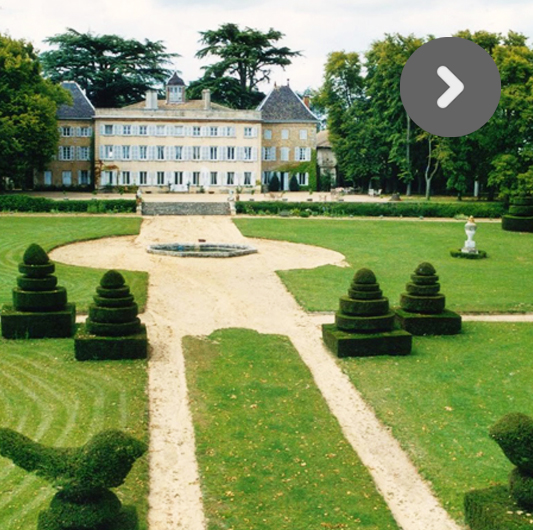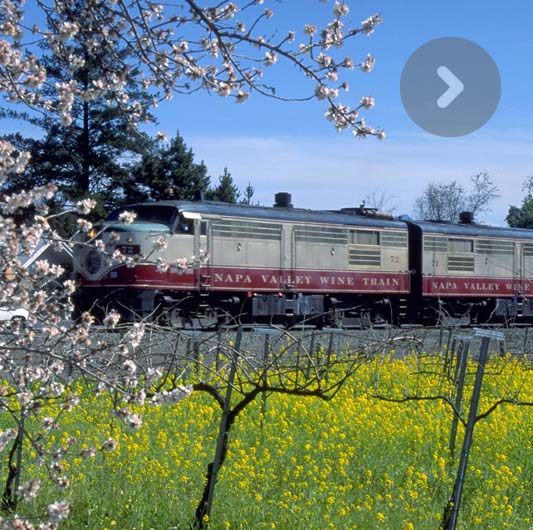Kaysersberg
Located on the old roman road that linked the Alsace to the Lorraine, Kaysersberg is nowadays an important stop both on the wine trail and on the road to Compostella. Once again, it is a typical village from the Alsace region with ruins of the medieval castle, fortifications and houses in Rhine Renaissance style.
St Croix Church Next to the Town Hall and built between the XIIth and XVth century, the church holds a magnificent wooden sculpted altarpiece in the choir that retraces the Passion and Resurrection of Christ.
Docteur Schweitzer’s House. The museum, located in the Doctor’s childhood home, holds a display of his medical work from 1913 to modern days. 126 rue du Général de Gaulle. Tel.: +33 3 89 47 36 55
![]()
Le Chambard. The Chambard Family saga is kept alive through the Nasti family, another dynasty. In 1892, Marius Chambard opened his first restaurant “Au Boeuf”. In 1909, Louis bought a manor house and converted it into an inn. In 1975, Pierre Irmann, the restaurant’s chef is awarded a “macaron”. In 2001, the restaurant is acquired by Olivier and Emmanuel Nasti who renovate it and introduce new concepts and successfully turn the bed and breakfast into a very trendy 4 star hotel. The now gastronomic restaurant in which Olivier entertains his guests playing the piano was awarded a Michelin star in 2005. Emmanuel, a fervent wine enthusiast, opened the Caveau d’Eguishem, a cellar with 200 local wine references. The pair have since opened, along the rue du Général de Gaulle, the Flamme & Co and the Kouglof.
Hotel le Chambard. With the gastronomic restaurant and the Winstub. 8-13 rue du général de Gaulle. Tel.: +33 3 88 47 1017. www.lechambard.fr
Flamme & Co. A new restaurant concept, which serves tarts in all manners and forms. 4 rue du général de Gaulle.
Kouglof. A new take on pastries and sweets from the Alsace region. 50 rue du Général de Gaulle.
Kientzheim
Domaine Weinbach
As early as the Xth, when the Capuchins would walk down to the XXIst century, the road is lined with roses and grapes. The Ladies of Weinbach, known as the Capucines, Colette, Laurence and Catherine Faller rule over the wine estate. The family house, where an old monastery once stood, faces the five hectares of enclosed vineyards that sued to be cultivated by the Capuchin monks. It was bought by the family in 1898. A small but historically significant part of their wine estate. The vines and grape varieties from the Clos des Capucins mature early and make remarkable gastronomic wines. The Théo Riesling and Gewurtztraminer cuvées and the Sainte Catherine pinot gris cuvée demonstrate this well.
The Laurence cuvée, however, is matured from the Furstentum grand cru. A rich Gewurztraminer with aromas of roses, jasmine and spices and a velvety and elegant finish.
The vines on the estate are from biodynamic culture since the 2005 vintage. The Capucines from the Alsace region wish to work on and produce concentrated wines that are pure and intense and create the right balance between wine and foods. They achieve a great result that had us completely charmed. www.domaineweinbach.com

Turckheim
Domaine Zind Humbrecht. Founded in 1959, 40 hectares of wine estate incorporating several enclosed vineyards and run by Olivier, the son. Pioneers of biodynamic culture, the Hum family is referred to as the “popes of Alsace whites”.
On the honour roll in 1982, Olivier was the first Frenchman to be given the distinction of “Master of Wine”. According to Robert Parker, he is one of the finest winemakers in the world. One can but bow down in front of such recognition from abroad. Connoisseurs across the world recognise the vertiginous qualities of his Riesling Clos Saint Urbain 2009. www.zindhumbrecht.com
Wettolsheim

Domaine Albert Mann. The estate was awarded the distinction of «Winegrowe of the year 2012» by the magazine «Revue du Vin de France». One must agree that the Mann quatuor: Marie Thérèse, Jacky, Marie-Claire and Maurice, are full of talent and know-how. The vineyard holds the organic certification from Ecocert since 2000. More work, more things to worry about but nothing that would stop them, the results speak for themselves. The 21 hectares are separated into small islands, over five Grand Crus, two villages and an enclosed vineyard. The Clos de la Faille sits on shingle of rosy, yellow and gray sandstones, which provides great ground for pinot noir and gives the wine character.
Small innovation and revolution, since the 2004 vintage, screw tops are used for the Vins de Tradition range. Fruity wines that are ready to drink within four to five years. Each vintage has a new label illustrated by François Bruetschy, an artist painter who translates the identity of the estate’s wines in a poetic manner. 13 rue du Château 68920 Wettolsheim – France. www.albertmann.com
Eguisheim
A castle, battlements, vineyards and a Pope. Indeed, Pope Leo IX was born in Eguisheim in 1002.
![]()
Maison Paul Gaschy. The wines from the Gashy estate to discover and taste in their cellar. 16 Grand’Rue. Tel.: +33 3 89 41 67 34 www.vins-paul-gaschy.fr
Le Pavillon Gourmand. The XVIIth century residence covered in geraniums, is run by chef David Schubnel, a former pupil of Michel Bras and Paul Haeberlin. On expects first class cuisine. Whilst respecting traditional local recipes, David masters the finest dishes. The Riesling lightly smoked pike perch with a side of spaetzles or choucroute remains marvellously light to savour. Enjoy! 101 Rue du Rempart Sud. Tel.: +33 3 89 24 36 88
Poterie du Terroir. Varnished pottery from the Alsace region and a place where the gingerbread tradition is carried through generations since 1768. 37 Grand’Rue.









